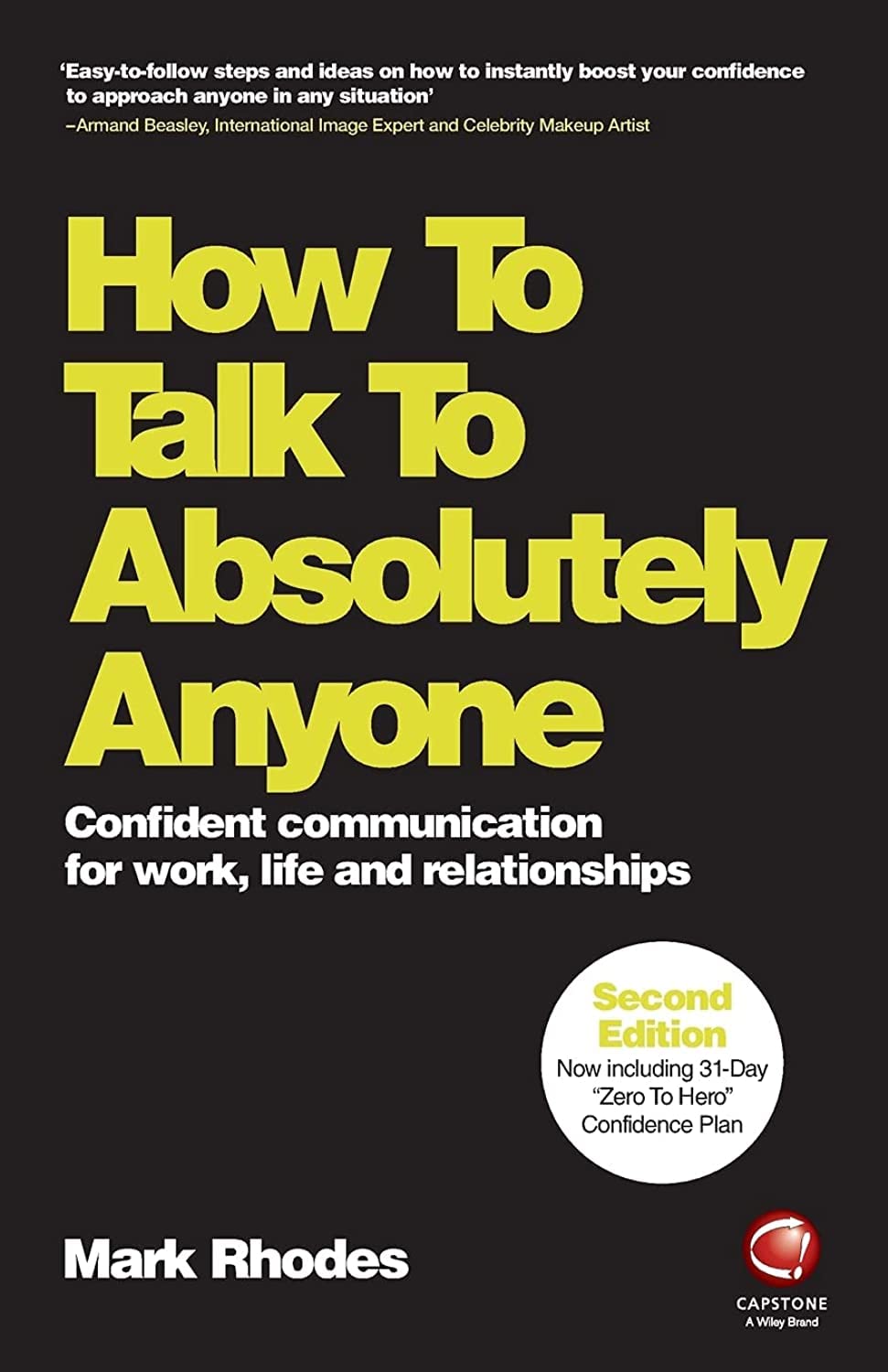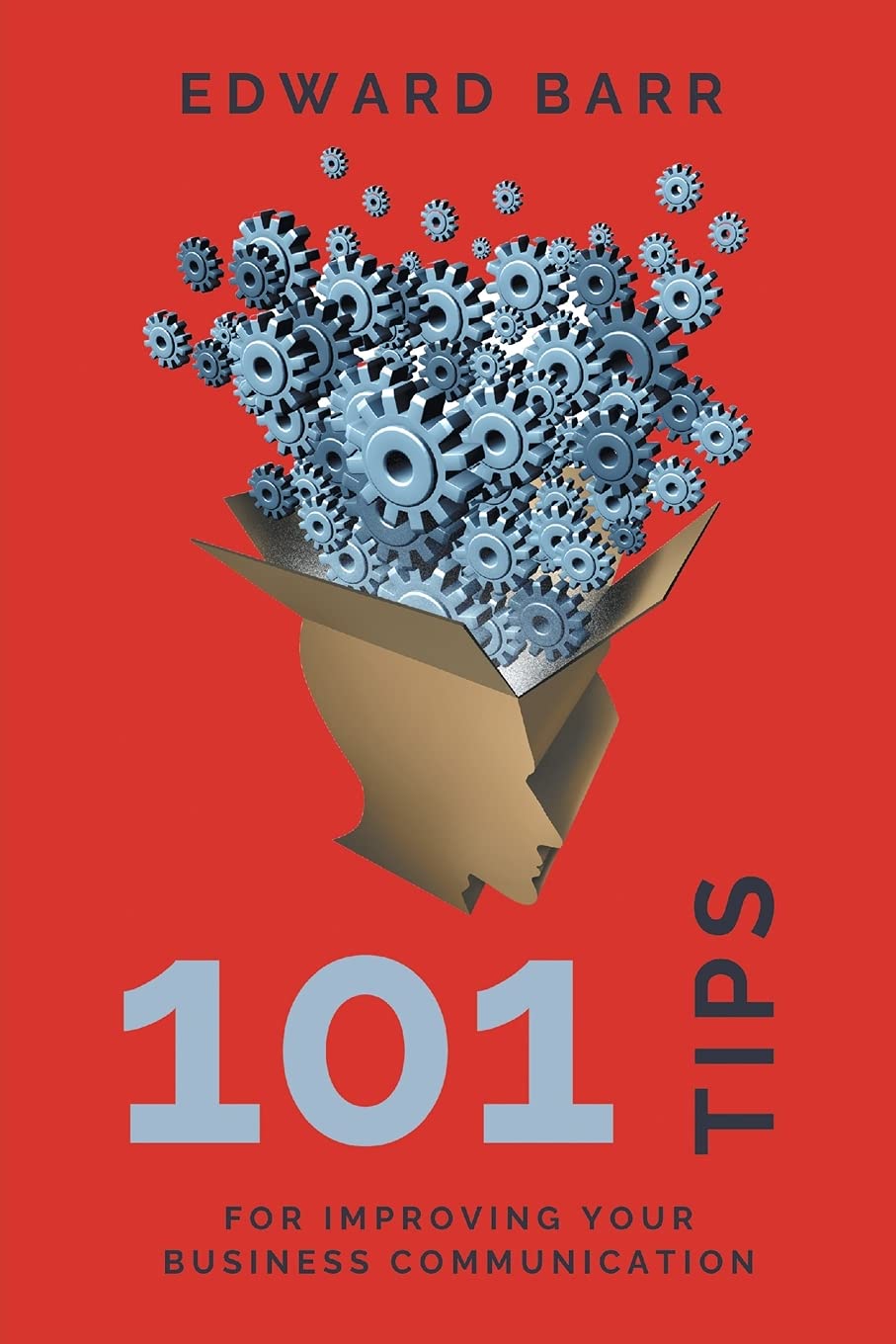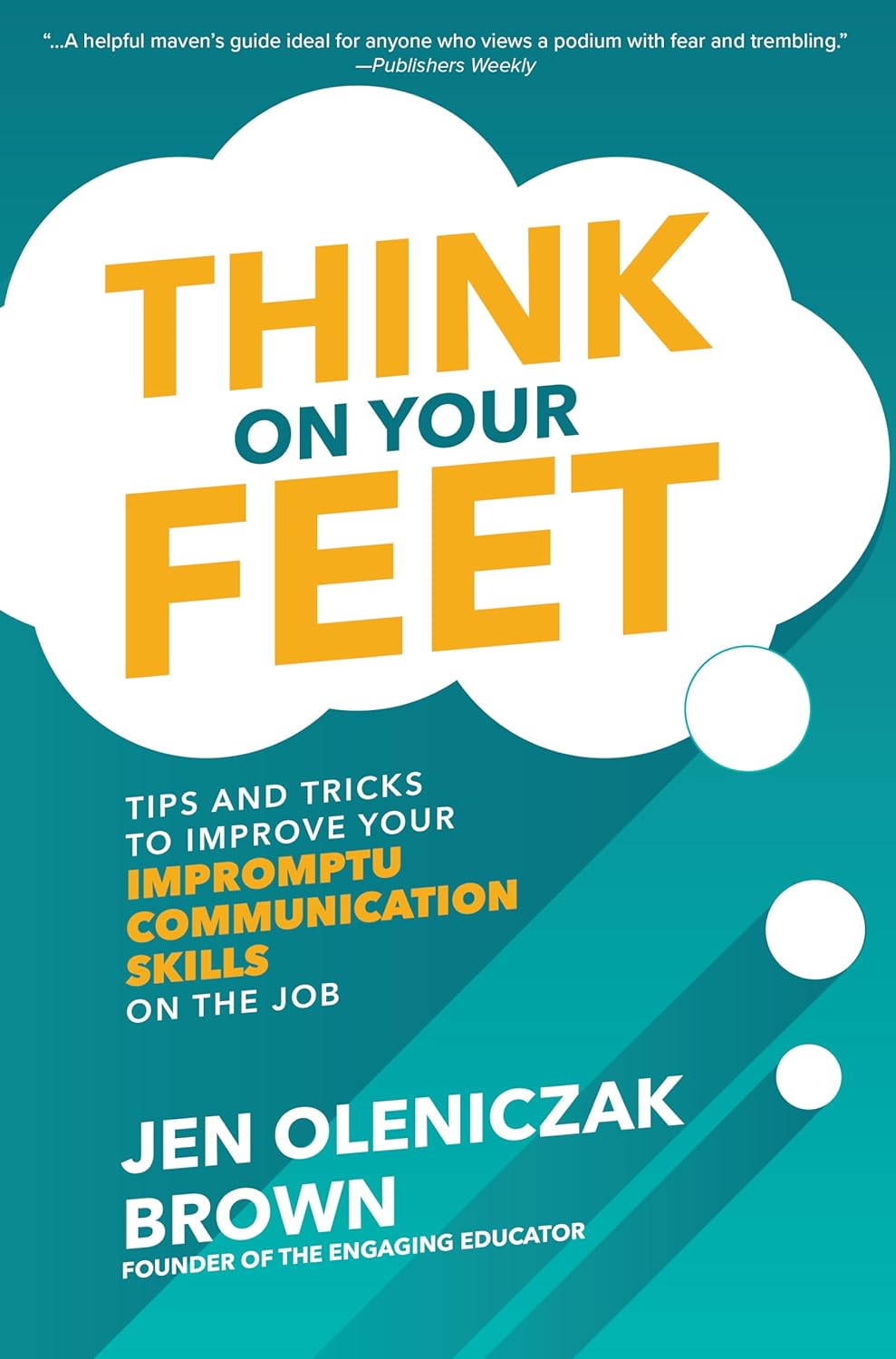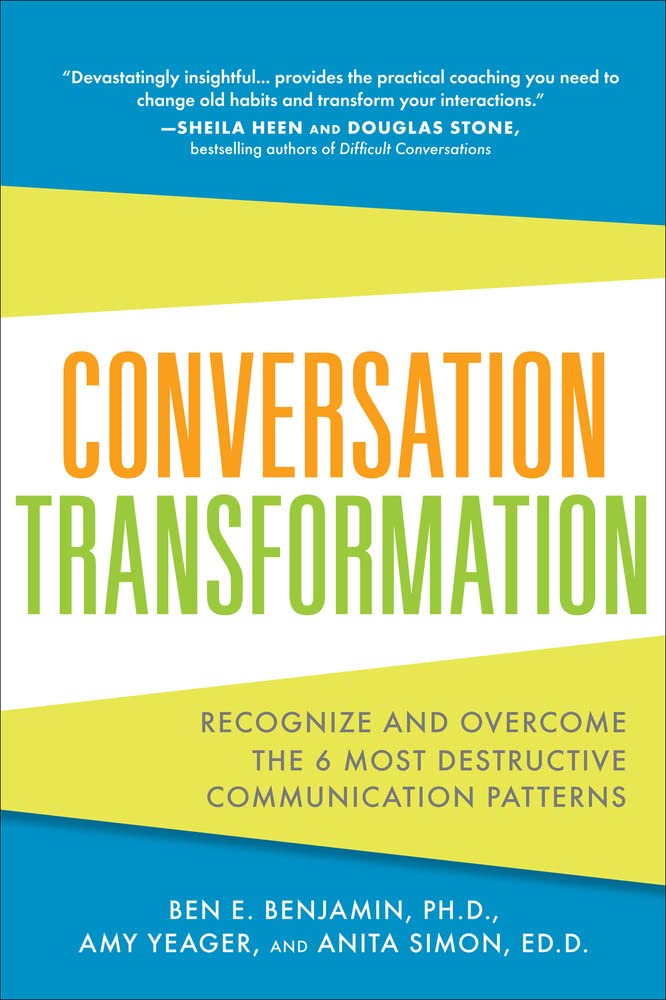In the dynamic landscape of leadership, the power of communication skills cannot be overstated. At Unlit Leadership, we recognize the critical role that adept communication plays in forging strong leaders, especially for those navigating the complexities of cultural minorities within their organizations.
This article delves into the best books on communication and leadership, offering a treasure trove of insights and strategies designed to elevate your leadership communication skills. Whether through enhancing digital dialogue or mastering face-to-face interactions, our curated selection aims to empower leaders at all levels. Join us as we explore these essential reads, complemented by additional resources, to unlock your potential as a communicative leader who inspires, connects, and leads with clarity and purpose.
Table of Contents
Why Leaders Must Improve Communication Skills
The art of communication is not just a skill—it’s a pivotal force that shapes relationships, drives organizational success, and fosters a culture of collaboration and understanding. Whether it’s in the context of navigating family dynamics, steering a team towards a common goal, or engaging with the wider community, the ability to communicate effectively stands out as a cornerstone of influential leadership. Amidst a landscape where misunderstandings can lead to decreased productivity and eroded trust, the quest for clarity and connection becomes paramount for leaders aiming to inspire and mobilize their teams.
Acknowledging this critical need, an overwhelming majority of professionals and experts alike spotlight the urgent call for enhanced communication within organizations. A 2020 study highlighted by project.co revealed a striking consensus: 96% of respondents believe businesses could significantly improve their communication and project management efforts. Furthermore, the same survey shed light on a common predicament faced within organizations—92% of individuals found themselves repeating information to multiple team members, underscoring the inefficiencies and fragmentation plaguing internal communication channels.
96% of respondents believe that businesses could significantly improve their communication and project management efforts.
project.co
The consequences of these communication challenges are not merely theoretical. Data from HR Technologies paints a telling picture: 57% of employees feel lost due to unclear directives, while 69% of managers admit discomfort in communicating with their teams. Such statistics are a clarion call for leaders to refine and elevate their communication strategies, making mastering this skill an indispensable requirement rather than a discretionary asset.
Given the critical nature of this skill set, the literary world is replete with resources aimed at bolstering leader communication capabilities. From timeless classics to contemporary insights, the array of leadership communication books offers a treasure trove of wisdom for those eager to excel in this domain. This month, we delve into the best books on communication and leadership, providing a curated selection designed to enhance your communicative prowess across all spectrums of life and work. While no list can claim to be exhaustive, our compilation of books on leadership and communication is meticulously crafted to offer valuable perspectives for both the seasoned leader and the emerging manager.
Our selection spans a range of topics, from building confidence in everyday interactions to navigating the nuances of digital communication in the modern workplace. Whether searching for communication books for leaders to refine your persuasive speaking skills or looking for the best books on leadership and communication to enhance your ability to listen and respond with empathy, our reading list is designed to equip you with the knowledge and tools necessary for success.
As we explore these literary guides, we invite you to join us in the journey towards becoming a more effective, empathetic, and empowering leader. Through the pages of these books, discover the strategies and insights that will enable you to transcend communication barriers, foster a culture of open dialogue, and lead with confidence and clarity.
The Importance of Effective Communication in Leadership
Effective communication within the realm of leadership transcends the mere exchange of information; the linchpin connects leaders to their teams, visions to realities, and strategies to outcomes. The significance of this skill cannot be overstated, as it directly impacts every facet of organizational life, from the boardroom to the breakroom.

Below, we explore the multifaceted importance of effective communication in leadership:
- Builds Trust and Transparency
- Key Impact: Fosters an environment where team members feel valued and informed.
- Leadership Communication Books Insight: Guides on this topic offer strategies for leaders to articulate their vision clearly, share necessary information transparently, and thereby build a foundation of trust that is critical for team cohesion and loyalty.
- Facilitates Problem-Solving and Decision-Making
- Key Impact: Enables quicker resolution of issues and more inclusive decision-making processes.
- Books on Leadership and Communication Insight: Highlight the role of clear communication in presenting problems, brainstorming solutions, and making decisions that are understood and supported by all stakeholders.
- Enhances Team Collaboration
- Key Impact: Promotes a culture of collaboration and mutual support among team members.
- Best Books on Leadership and Communication Insight: Provide techniques for leaders to encourage open dialogue, ensure every team member’s voice is heard, and leverage diverse perspectives for collective success.
- Drives Organizational Alignment and Achievement of Goals
- Key Impact: Ensures that all team members are aligned with the organization’s goals and strategies.
- Communication Books for Leaders Insight: Offer insights on aligning team efforts through effective communication of organizational goals, roles, and responsibilities, leading to improved performance and goal achievement.
- Improves Employee Engagement and Morale
- Key Impact: Boosts morale and engagement by making employees feel heard and connected to the larger purpose.
- Leadership Communication Books Insight: Teach leaders how to effectively engage in two-way communication, provide constructive feedback, and recognize contributions, which are key to maintaining high levels of employee satisfaction and commitment.
- Navigates Change Effectively
- Key Impact: Helps leaders guide their teams through change with clarity and confidence.
- Books on Leadership and Communication Insight: Emphasize the importance of clear, empathetic communication during times of change to mitigate resistance and foster adaptability.
- Cultivates a Strong Organizational Culture
- Key Impact: Shapes a positive culture that reflects the organization’s values and vision.
- Best Books on Communication and Leadership Insight: Discuss how leaders can use communication to instill values, create a sense of belonging, and develop a culture where innovation and creativity flourish.
Table Summary: Key Areas Impacted by Effective Leader Communication
| Area of Impact | Description | Book Insights |
|---|---|---|
| Trust and Transparency | Ensures team members feel valued and informed. | Strategies for clear, transparent vision communication. |
| Problem-Solving and Decision-Making | Facilitates quicker issue resolution and inclusive decision-making. | Role of clear communication in collaborative problem-solving. |
| Team Collaboration | Promotes mutual support and leverages diverse perspectives. | Techniques for encouraging open dialogue and inclusivity. |
| Organizational Alignment | Aligns team efforts with organizational goals. | Insights on communicating roles and goals for performance improvement. |
| Employee Engagement | Boosts morale by making employees feel heard. | How to engage in constructive feedback and recognition. |
| Change Management | Guides teams through change with clarity. | Importance of empathetic communication during transitions. |
| Organizational Culture | Shapes a culture aligned with values and vision. | Using communication to instill values and foster innovation. |
In summary, the essence of effective leadership communication lies not only in the conveyance of ideas but in the cultivation of an environment where trust, collaboration, and shared vision thrive. Through the insights provided by the best books on communication and leadership, leaders can hone the skills necessary to navigate the complexities of modern organizational life with grace and efficacy.
Book Recommendations Overview
In the dynamic world of leadership, effective communication is foundational to success. Recognizing this, we’ve curated a list of the best books on communication and leadership to guide you in enhancing your communicative prowess. These leadership communication books are not mere theoretical explorations but practical handbooks filled with actionable insights for real-world application.
Our selection spans essential topics, from mastering confident conversations in any setting to navigating the intricacies of digital communication in the modern workplace. Whether stepping into a leadership role for the first time or looking to refine your existing skills, these books on leadership and communication provide valuable lessons to elevate your leadership journey.
- “How To Talk To Absolutely Anyone” by Mark Rhodes offers a transformative approach to building communication confidence across all areas of life.
- “Message Received” by Mary Donohue addresses the challenges of digital communication, providing a seven-step process to overcome barriers.
- “101 Tips for Improving Your Business Communication” by Edward Barr serves as a comprehensive guide for enhancing verbal and written communication skills.
- “Think on Your Feet” by Jen Oleniczak Brown focuses on improving impromptu communication skills with practical improv exercises.
- “Conversation Transformation” by Ben Benjamin, Amy Yeager, & Anita Simon explores the psychology behind communication, offering strategies to break destructive patterns.
Through these communication books for leaders, you’ll discover strategies to not only enhance your ability to convey messages effectively but also to listen, engage, and respond in ways that foster trust, clarity, and alignment within your team. Dive into these recommended reads to unlock your potential as a communicative leader.
Deep Dive into Each Recommended Book
To help leaders navigate the vast ocean of literature on communication and leadership, we’ve taken a closer look at each recommended title. These books have been handpicked for their unique insights and practical applications in the realm of leadership communication. Here’s a detailed exploration of what each book offers:
Unlit Leadership participates in the Amazon Services LLC Associates Program, an affiliate advertising program designed to provide a way for websites to earn advertising revenues by advertising and linking to Amazon.com. As an Amazon Associate, I earn from qualifying purchases.
1. “How To Talk To Absolutely Anyone: Confident Communication for Work, Life, and Relationships” by Mark Rhodes

- Key Themes and Focus Areas: Mark Rhodes emphasizes the importance of confidence in communication across all aspects of life. The book is particularly tailored to those who may find social interactions challenging, providing them with the tools to engage confidently in conversations at work, home, and beyond.
- Why It’s a Must-Read: The inclusion of a 30-day “Zero to Hero” Personal Confidence Course sets this book apart. It’s specifically designed to help leaders and aspiring leaders build their communication skills from the ground up, focusing on practical exercises to increase self-confidence in various conversational settings.
- Practical Applications: Rhodes’ approach is ideal for introverted leaders or those new to leadership roles, offering step-by-step guidance on becoming more assertive and effective in communication. The book’s actionable strategies can be directly applied to enhance professional relationships and personal connections alike.
2. “Message Received: 7 Steps to Break Down Communication Barriers at Work” by Mary Donohue

- Key Themes and Focus Areas: This book tackles the pervasive issue of digital communication barriers in the workplace. Dr. Mary Donohue uses a data-driven approach to explore the root causes of digital miscommunication and presents a seven-step process to overcome these challenges.
- Why It’s a Must-Read: In an era dominated by digital interactions, understanding how to communicate effectively online is crucial. Dr. Donohue’s insights are invaluable for leaders operating in the digital age, providing a roadmap to clear, impactful digital communication.
- Practical Applications: The book is a treasure trove for leaders struggling with digital communication in the post-pandemic workplace. It offers tangible steps to enhance clarity and reduce stress associated with digital interactions, making it an essential read for modern leaders.
3. “101 Tips for Improving Your Business Communication” by Edward Barr

- Key Themes and Focus Areas: Edward Barr presents a comprehensive collection of practical tips and strategies to enhance business communication. The book serves as a quick-reference guide for leaders looking to improve their verbal and written communication skills in a business context.
- Why It’s a Must-Read: Its format allows leaders to easily dip in and out of topics relevant to their immediate needs, making it a versatile tool for ongoing development. Barr’s engaging storytelling and practical advice make complex communication concepts accessible to all.
- Practical Applications: The tips range from improving email communication to enhancing presentation skills, offering something for every leader. This book is particularly useful for those seeking immediate, actionable strategies to refine their communication toolkit.
4. “Think on Your Feet: Tips and Tricks to Improve Your Impromptu Communication Skills on the Job” by Jen Oleniczak Brown

- Key Themes and Focus Areas: Focusing on the art of impromptu communication, Jen Oleniczak Brown provides leaders with strategies to think quickly and communicate effectively on the spot. The book includes improv exercises to practice and improve spontaneous communication skills.
- Why It’s a Must-Read: The unpredictable nature of leadership roles often requires quick thinking and on-the-fly communication. This book equips leaders with the skills to handle impromptu situations confidently, from answering unexpected questions to managing unforeseen crises.
- Practical Applications: Brown’s improv exercises are a unique feature, offering leaders a fun and effective way to enhance their quick-thinking abilities. These activities are not only beneficial for individual leaders but can also be adapted for team training sessions.
5. “Conversation Transformation: Recognize and Overcome the 6 Most Destructive Communication Patterns” by Ben Benjamin, Amy Yeager, & Anita Simon

- Key Themes and Focus Areas: This book delves into the psychology of communication, identifying six destructive patterns that can undermine effective dialogue. The authors provide practical solutions for leaders to recognize and address these patterns, fostering healthier conversations.
- Why It’s a Must-Read: It offers a unique perspective on communication challenges, focusing on the behavioral aspects that often go unnoticed. Understanding and correcting these patterns can significantly improve a leader’s ability to engage and motivate their team.
- Practical Applications: The three-step process outlined by the authors for switching negative habits to constructive responses is a game-changer. Leaders can apply these strategies not just in their professional lives but also in personal interactions, making it a versatile resource for personal and professional growth.
Each of these books offers a unique lens through which to view the complex world of leadership communication. By integrating the insights and strategies from these best books on leadership and communication, leaders can significantly enhance their effectiveness, building stronger teams and achieving greater organizational success.
Integrating Communication Skills into Leadership Practice
To transform communication insights into effective leadership strategies, it’s crucial to adopt a practical approach. Below are key strategies and tips for integrating enhanced communication skills into your leadership practice, ensuring clarity, empathy, and effectiveness in every interaction.
- Set Clear Communication Goals
- Objective: Identify specific areas for improvement in your communication style.
- Action: Regularly set and review communication objectives aligned with your leadership goals.
- Practice Active Listening
- Objective: Foster a culture of respect and understanding within your team.
- Action: Encourage feedback, ask open-ended questions, and show genuine interest in others’ perspectives.
- Adopt a Feedback Culture
- Objective: Build trust and continuous improvement through constructive feedback.
- Action: Provide regular, constructive feedback to team members and encourage reciprocal feedback.
- Utilize Effective Communication Tools
- Objective: Ensure messages are conveyed clearly and received as intended.
- Action: Leverage appropriate communication channels (meetings, emails, instant messaging) based on the context and content of the message.
- Develop Empathy and Emotional Intelligence
- Objective: Enhance your ability to understand and respond to the emotions of others.
- Action: Practice empathy by considering others’ viewpoints and responding with emotional intelligence during interactions.
Addressing Digital Communication Challenges

Digital communication, while essential in today’s workplace, presents unique challenges. Here’s how leaders can navigate these effectively:
| Challenge | Solution |
|---|---|
| Misinterpretation and lack of non-verbal cues in digital communication. | Use clear, concise language and incorporate emojis or punctuation to convey tone when appropriate. |
| Keeping team members engaged and participative in remote settings during virtual meetings. | Utilize interactive tools such as polls and breakout rooms, and encourage the use of video to maintain visual engagement. |
| Information overload and fragmented communication across different digital platforms. | Standardize communication platforms and practices within the team, using summaries or bullet points to ensure messages are clear. |
| Creating and maintaining personal connections without face-to-face interaction. | Schedule regular check-ins and informal virtual meetups to foster team cohesion and personal connections. |
| High potential for misinterpretation in digital texts. | Prefer video or voice communication for complex or sensitive messages to ensure clarity and prevent misunderstandings. |
Conclusion
In the leadership journey, mastering communication skills is not just an advantage; it’s a necessity. As we’ve explored through our selection of the best books on communication and leadership and additional resources, the ability to communicate effectively stands at the core of impactful leadership. These resources provide the theoretical underpinnings of effective communication and practical strategies that can be applied in everyday leadership scenarios. Whether through written words, digital platforms, or face-to-face interactions, leadership communication connects, inspires, and guides those we lead toward shared goals and visions.
At Unlit Leadership, we understand the unique challenges leaders face, especially those navigating the complexities of being cultural minorities within their organizations. Our commitment is to empower you with the tools, knowledge, and support needed to excel in your leadership roles, balancing authenticity with success. The journey to enhancing your communication skills is continuous, filled with learning, growth, and opportunities to profoundly impact your teams and organizations.
Call to Action
As you strive to enhance your leadership communication skills, remember that Unlit Leadership is here to support you every step of the way. We invite you to:
- Engage with Our Coaching Services: Consider one-on-one coaching with Unlit Leadership to receive personalized guidance and strategies tailored to your unique leadership style and communication challenges.
- Check out our Blog: Stay updated with the latest insights, tips, and resources on leadership communication by checking out our Unlit Leadership blog. We regularly feature content that addresses the nuances of leading as a cultural minority, offering fresh perspectives and actionable advice.
- Connect with Our Community: Join the Unlit Leadership community to network with fellow leaders who share your experiences and aspirations. Our community is a space for mutual support, learning, and growth, empowering you to navigate your leadership journey with confidence.
Your ability to communicate effectively is a key to unlocking your full potential as a leader. We at Unlit Leadership are dedicated to supporting you in this journey, providing the resources, guidance, and community needed to thrive. Together, let’s transform the landscape of leadership, one conversation at a time.
Ready to enhance your leadership communication skills? Contact Unlit Leadership today to start your journey towards becoming a more effective, impactful leader.




